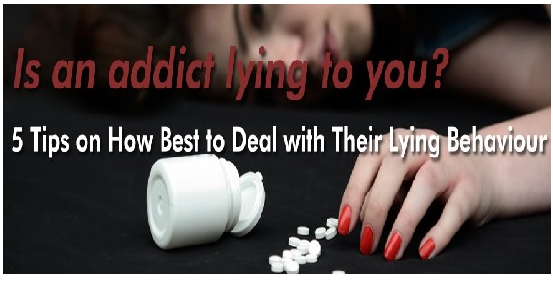While sex addiction has yet to
be officially classified as a “real” addiction, new brain research shows that
sex can indeed affect the brain in the same way as drug and alcohol - leading
to addiction.
When
you think of too much of a good thing, sex is probably not the first thing that
comes to mind. However, recent research conducted at the University of
Cambridge is shedding light on how sexual addictions may affect the brain
in ways analogous to drugs.
“Addiction”. The word
usually brings to mind images of alcohol and drugs. It is true that addictive
substances have been the most commonly studied addictions, as well as being the
most visible forms of addiction. In recent years, however, that has been
changing. With the advent of new ways of studying the brain, and new ways of
understanding addiction, other behaviours are becoming understood as
addictions.
One
of the most recent is sex addiction. While not yet included in the
authoritative text of mental health, the Diagnostic and Statistical
Manual of the American Psychological Association, there is now
scientific evidence that supports the notion that sexual behaviours can be
addictions.
The
research, conducted at the prestigious University of Cambridge, focused on the
way the brain is affected by viewing pornographic images. In the study, two
groups of men viewed the images. One group comprised of men with sexually
compulsive behaviour, while the other group comprised of men with normal sexual
behaviour. The study used a functional magnetic resonance imaging device
(fMRI), to track changes in brain activity which occurred while the men viewed
the pornographic images.
The
researchers discovered that the part of the brain associated with rewards lit
up in the brains of men with sexually compulsive behavior. These “reward
centers” of the brain, which include the amygdala, dorsal anterior cingulate,
and ventral striatum, showed activity similar to the brains of drug addicts
consuming drugs.
The
lead researcher on the study, Dr. Valeria Voon, says that it is certain
that persons with sexual compulsion suffer as a result of their condition. The
new research provides evidence on the level of the brain similar to what
psychologists have noted for some time: that those with an abnormally strong
sexual compulsion experience significant problems in their behavioral,
emotional, and social functioning. In addition to adaptive problems, people
with sexual compulsions often experience shame, guilt, and a desire to maintain
secrecy about their condition. This adds to the suffering that they experience.
Dr.
Voon is happy that the study supports the classification of sexual compulsions
as pathological. She hopes that it in the future it will provide grounds for
further research into the understanding of the disorder.
We at
Shafa Home, having helped many a client suffering from this disorder, commend
this study and Dr Voon's assessment of the condition. Sex addiction is a
disease, no less serious for the sufferer than suffering from a substance
addiction – and the sooner it is clinically recognized the more people will be
encouraged to seek treatment.
Shafa
Home, is a residential treatment center providing world-class, holistic care
for addiction. If you are concerned about addiction, please contact one of
our staff today.
(These articles are the sole property of “The Cabin Chiang Mai”, they are its original
authors.)
















